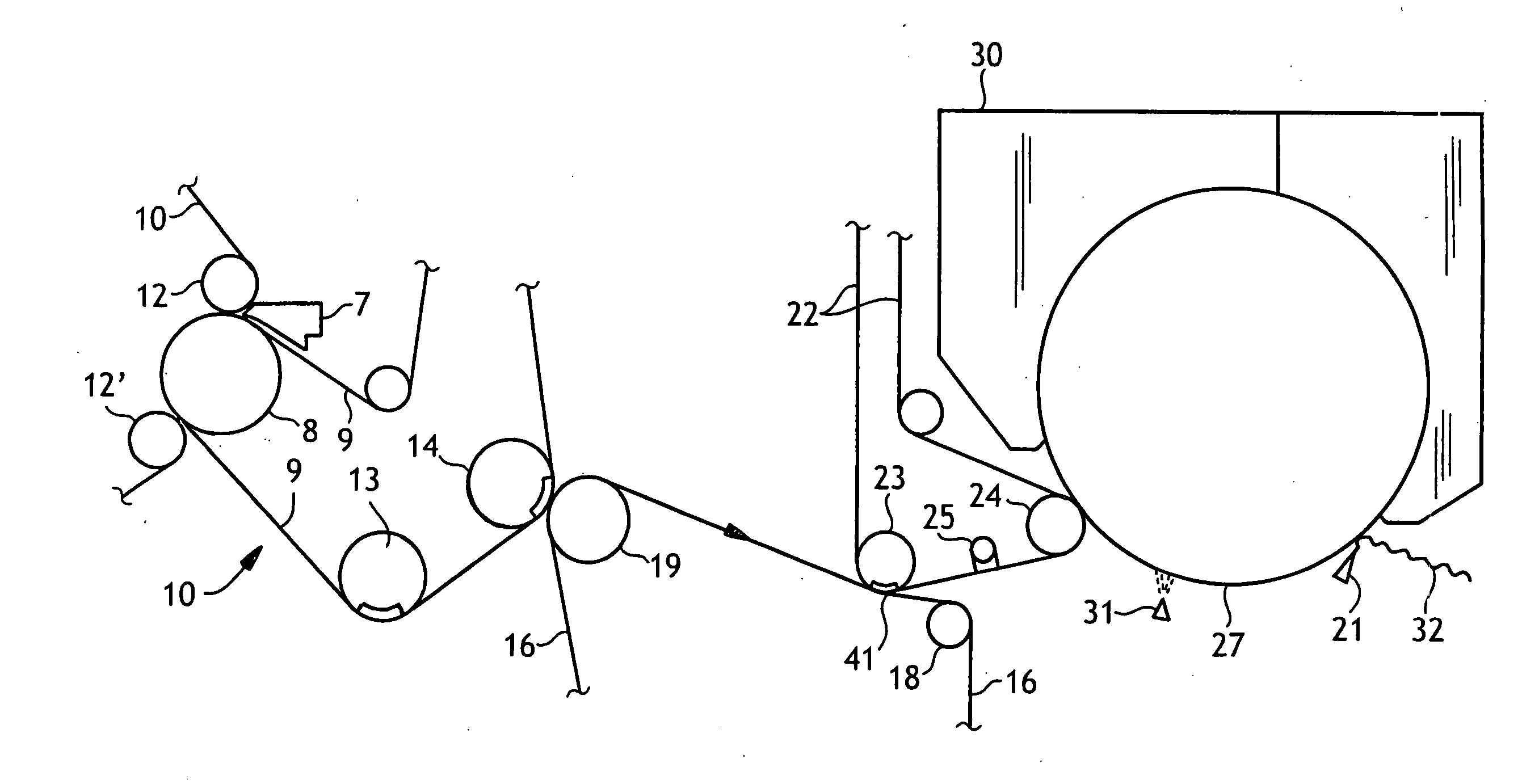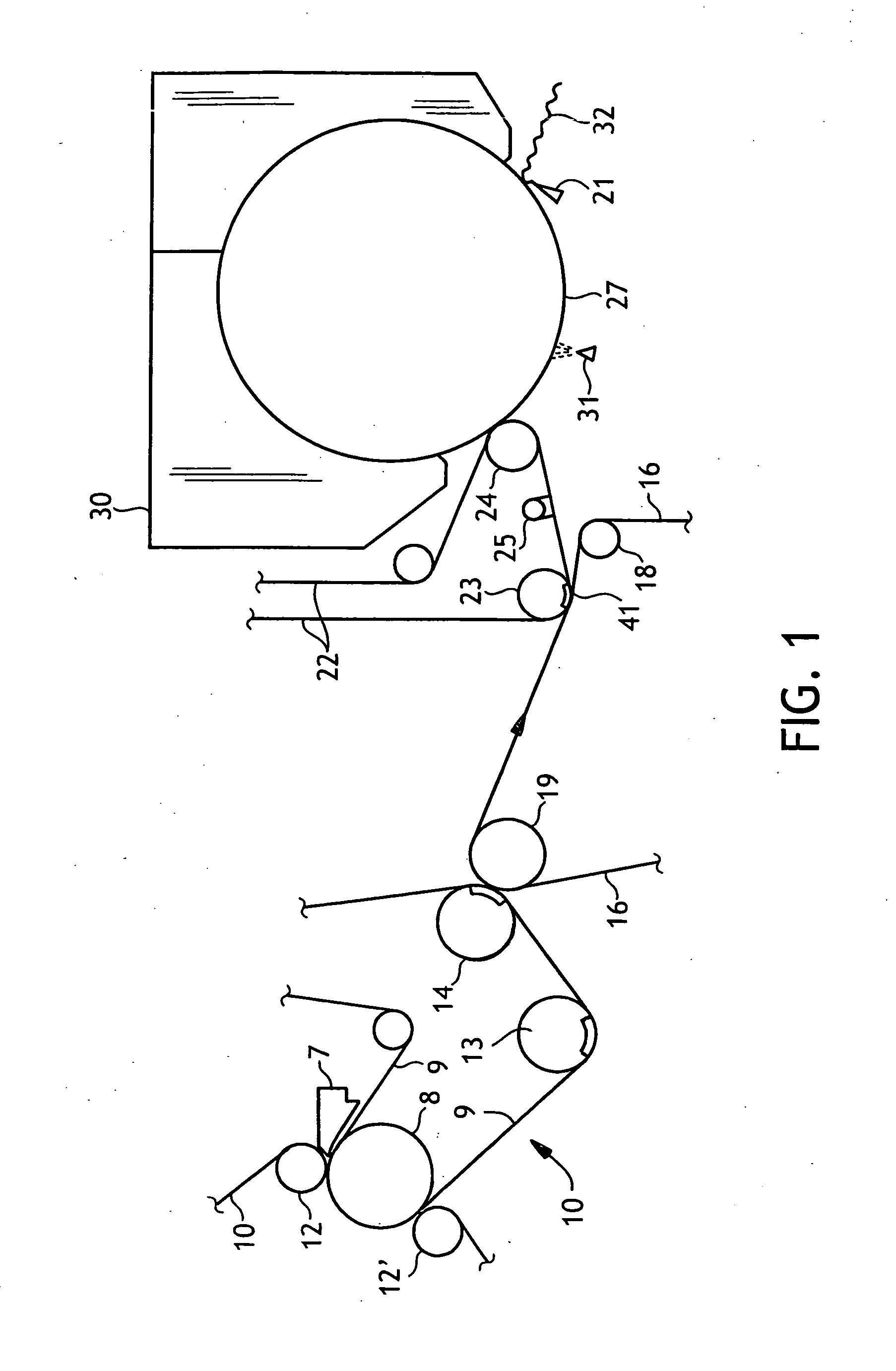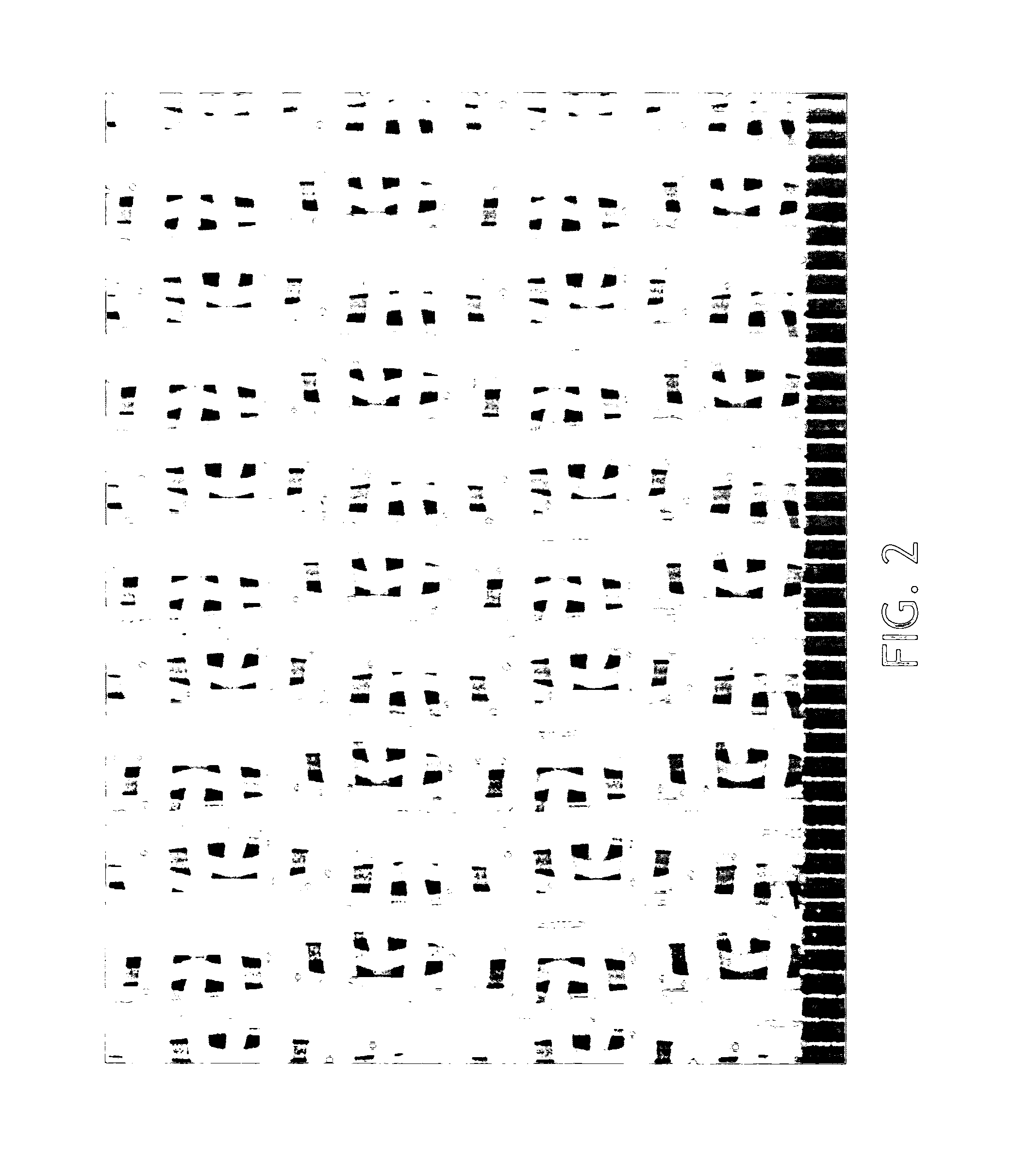Molded wet-pressed tissue
a can solve the problems of reducing the ultimate softness and bulk properties of the final product, affecting the final product's final product's final product's final product's final product's final product's final product's final product's final product's final product's final product's final product's final product's final product's final product's final product's final product's final product's final product, and reducing the elasticity and wet pressing and wet pressing and tissue technology, which is applied in the field of tissue technology, which is applied in the field of tissue technology, which is applied in the field of wet pressing and a tissue technology, which is applied in the field of tissue products, and the final product softness and bulky and wet drying and wet drying, and achieves the effect of a high capital cost, the high amount of the produ
- Summary
- Abstract
- Description
- Claims
- Application Information
AI Technical Summary
Benefits of technology
Problems solved by technology
Method used
Image
Examples
example 1 (
Invention)
[0049]A three-layer single-ply tissue paper basesheet was made as illustrated in FIG. 1 having a basis weight of 30 gsm on the reel. The outer layer that was against the Yankee dryer (dryer side layer) was an equal blend of standard Aracruz eucalyptus pulp and Aracruz AP eucalyptus pulp and accounted for 30% of the total weight of the sheet. The center layer was 100% NSWK and accounted for 30% of the total weight of the sheet. The air-side outer layer was also a blend of standard Aracruz eucalyptus pulp and Aracruz AP eucalyptus pulp and accounted for 40% of the total weight of the sheet. The Aracruz AP pulp was previously pre-treated with 0.7% dry weight percent polysiloxane. The resulting add-on of polysiloxane was 0.25% of the total dry weight of the sheet. Hercules Prosoft debonder (TQ-1003) was added to the air-side layer at a rate of 0.5 kg / MT of that layer. Redibond starch was added to the center layer at a rate of 0.5 kg / MT of the center layer.
[0050]The machine spe...
example 2 (
Invention)
[0052]Similar to Example 1, except that the calendering load was increased to 5 kN / m. (In the data tables below, the basesheet is designated as “Code 271” and the converted product is designated as “Code 271H”).
example 3 (
Invention)
[0053]Same as Example 1, except using a 2% rush transfer and 32 kPa vacuum at the transfer and molding box. (In the data tables below, the basesheet is designated as “Code 272” and the converted product is designated as “Code 272L”).
PUM
| Property | Measurement | Unit |
|---|---|---|
| Length | aaaaa | aaaaa |
| Length | aaaaa | aaaaa |
| Length | aaaaa | aaaaa |
Abstract
Description
Claims
Application Information
 Login to View More
Login to View More - R&D
- Intellectual Property
- Life Sciences
- Materials
- Tech Scout
- Unparalleled Data Quality
- Higher Quality Content
- 60% Fewer Hallucinations
Browse by: Latest US Patents, China's latest patents, Technical Efficacy Thesaurus, Application Domain, Technology Topic, Popular Technical Reports.
© 2025 PatSnap. All rights reserved.Legal|Privacy policy|Modern Slavery Act Transparency Statement|Sitemap|About US| Contact US: help@patsnap.com



